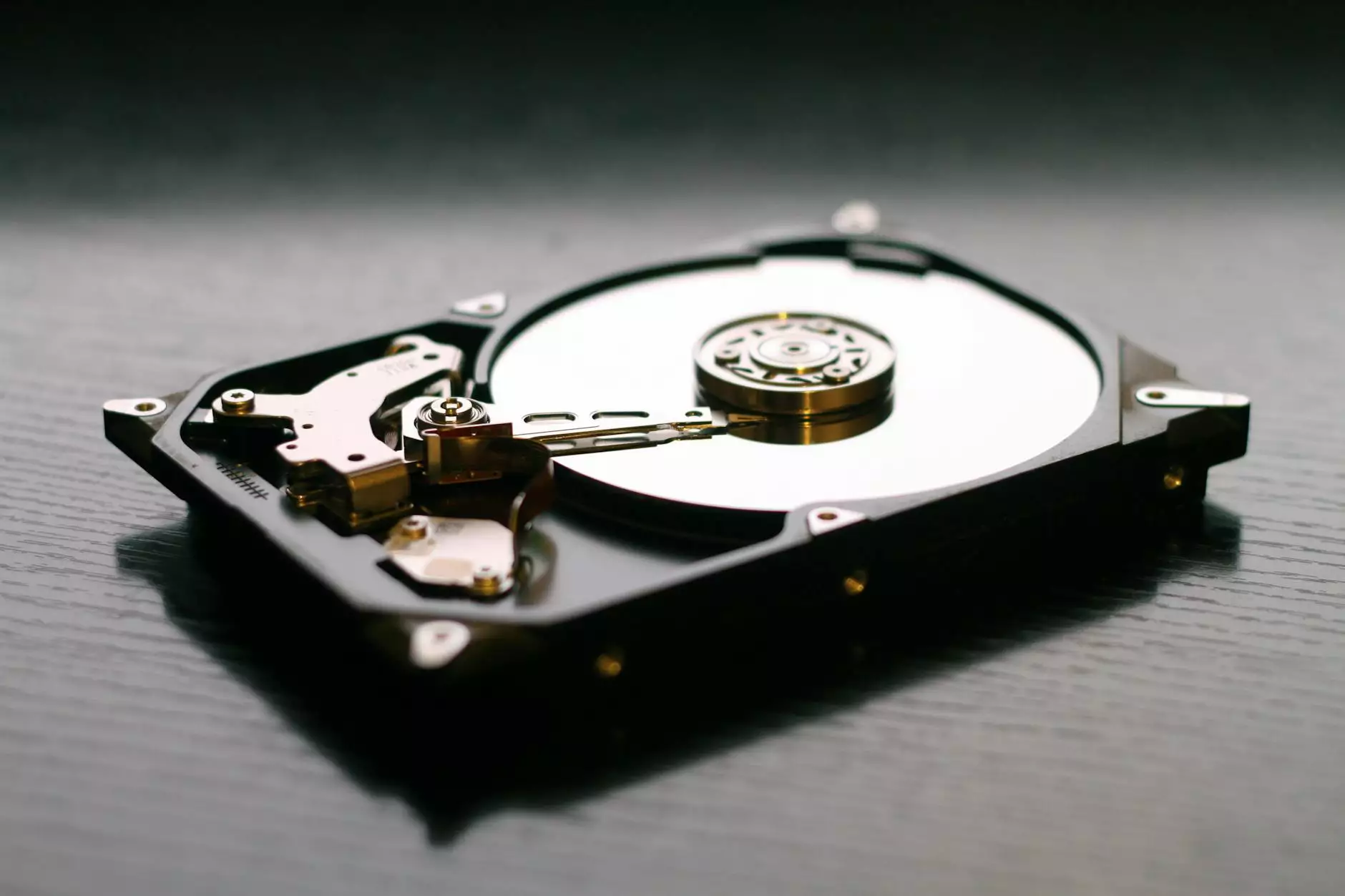How Do Flash Drives Store Data
Marketing
Flash drives, also known as USB drives or thumb drives, are integral storage devices used by individuals and businesses worldwide. Understanding how flash drives store data is essential in appreciating their efficiency and versatility.
Structure of Flash Drives
Flash drives consist of a few key components that work together to store and retrieve data. The most crucial element is the flash memory chip. This chip is responsible for storing the data persistently, even when the drive is disconnected from a power source.
Understanding Flash Memory
Flash memory is a type of non-volatile memory that can be electrically erased and reprogrammed. It retains data even without power, making it ideal for use in portable storage devices like flash drives.
Flash memory cells are organized into blocks, and each block contains multiple pages. When data is written to a flash drive, it is stored in these blocks, which are then organized into a file system for easy access.
How Data is Written and Erased
When you save a file to a flash drive, the data is written by programming the memory cells with electrical charges. Each memory cell can be in one of two states, representing binary 1 or 0. To write data, the cells are adjusted to the desired state through a process called programming.
Erasing data from a flash drive involves removing the electrical charge from the memory cells. This process, known as erasing, resets the cells to their default state, making them available for new data storage.
Wear Leveling and Error Correction
To prolong the lifespan of a flash drive, advanced techniques such as wear leveling and error correction are employed. Wear leveling distributes data evenly across the memory cells to prevent excessive wear on any single cell. Error correction mechanisms ensure data integrity by detecting and correcting errors that may occur during read and write operations.
Benefits of Flash Drives
Flash drives offer several advantages over traditional storage devices, including compact size, fast data transfer speeds, and robust durability. These qualities make flash drives a popular choice for storing and transferring data in various scenarios.
Conclusion
In conclusion, understanding how flash drives store data sheds light on the intricate processes that enable these devices to function efficiently. As technology continues to advance, so too will the capabilities of flash memory, ensuring that flash drives remain essential tools for data storage and retrieval.



